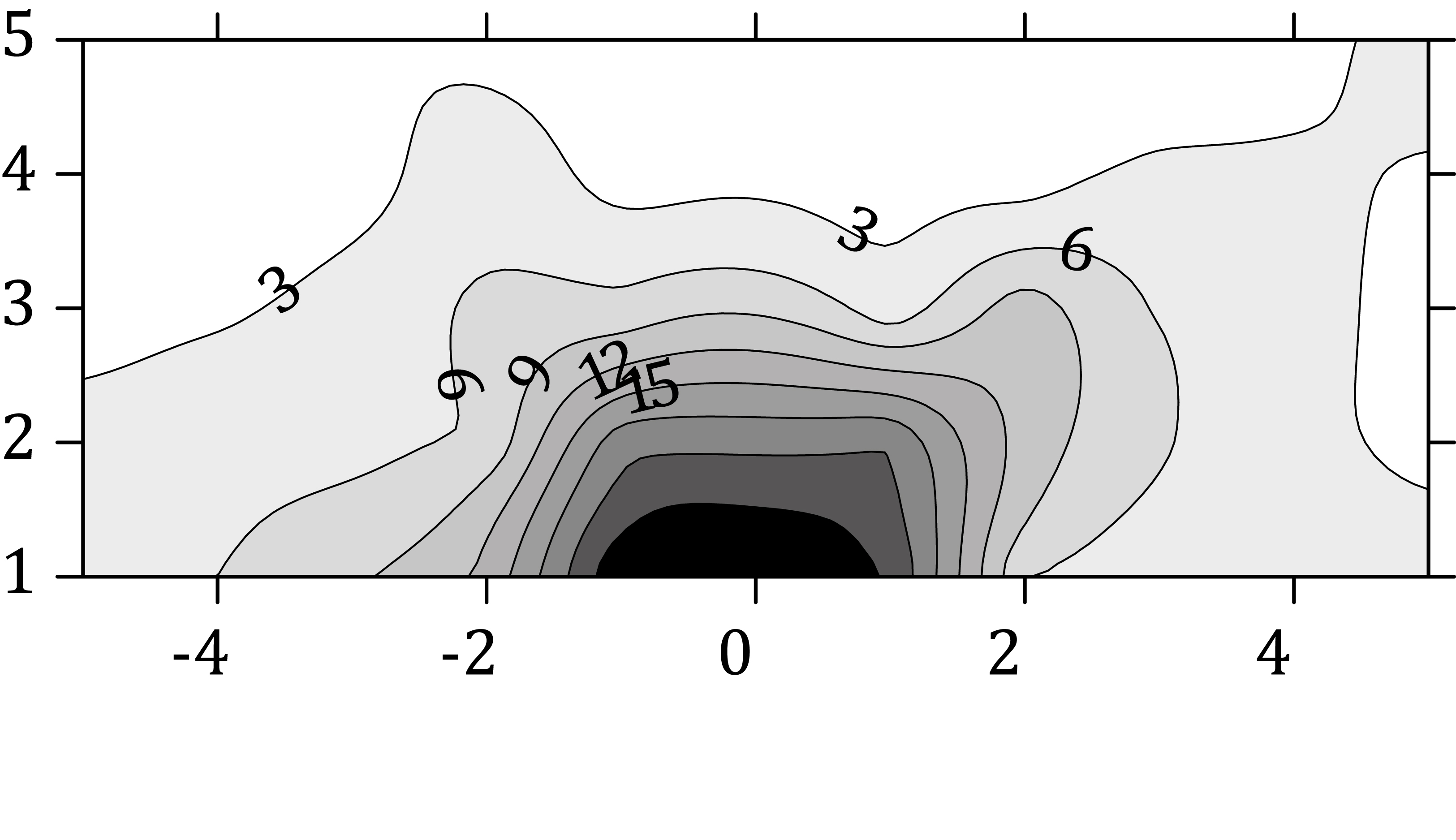Efficiency of air assisted sprayer of phytosanitary use in fruitgrowing in Cuyo (Argentina)
Keywords:
air assisted sprayer, power, air flow rate, efficiencyAbstract
Phytosanitary protection of fruit crops is mainly done with axial fan sprayers. Due to lack of up-dated studies, the objective was to assess the performance of the main hydropneumatic spraying units used for phytosanitary treatment of fruit plants in Cuyo (Argentina). Measurements were taken at a standardized rate from the rear PTO (power take off) of the tractor. The air flow generated by the fan was assessed in a wind tunnel and the spatial distribution of air velocity was evaluated with a hot wire anemometer. The determination of vertical spray distribution was done with a lamellate patternator. Power demands were also determined. Air flows ranged between 257.49 m3.min-1 and 485.17 m3 min-1. Spraying units B and C showed asymmetric air distribution. Vertical spray distribution showed symmetry between the left and right sections, except for unit of equipment B in both working modes and E high. Power demand alternated between 11.96 kW and 31.17 kW. The most efficient units were A in its only available working mode D low and high and E low. Hydro pneumatic units have different aerodynamic capacities, both in released air flow and bilateral distribution and they have different power demands.
Downloads

Downloads
Published
How to Cite
Issue
Section
License
Aquellos autores/as que tengan publicaciones con esta revista, aceptan las Políticas Editoriales.










.jpg)




